Across the country, market demand for raspberries far exceeds availability and provides an ideal opportunity for homesteaders to cultivate the fruit for local markets as well as home use. A berry patch of an acre or less can provide a significant cash crop with little expense for equipment or supplies.
Brambleberry production is ideally suited for rural homesteads and small farms. Fresh, organic, locally grown, high-quality fruit is in short supply because raspberries do not ship well.
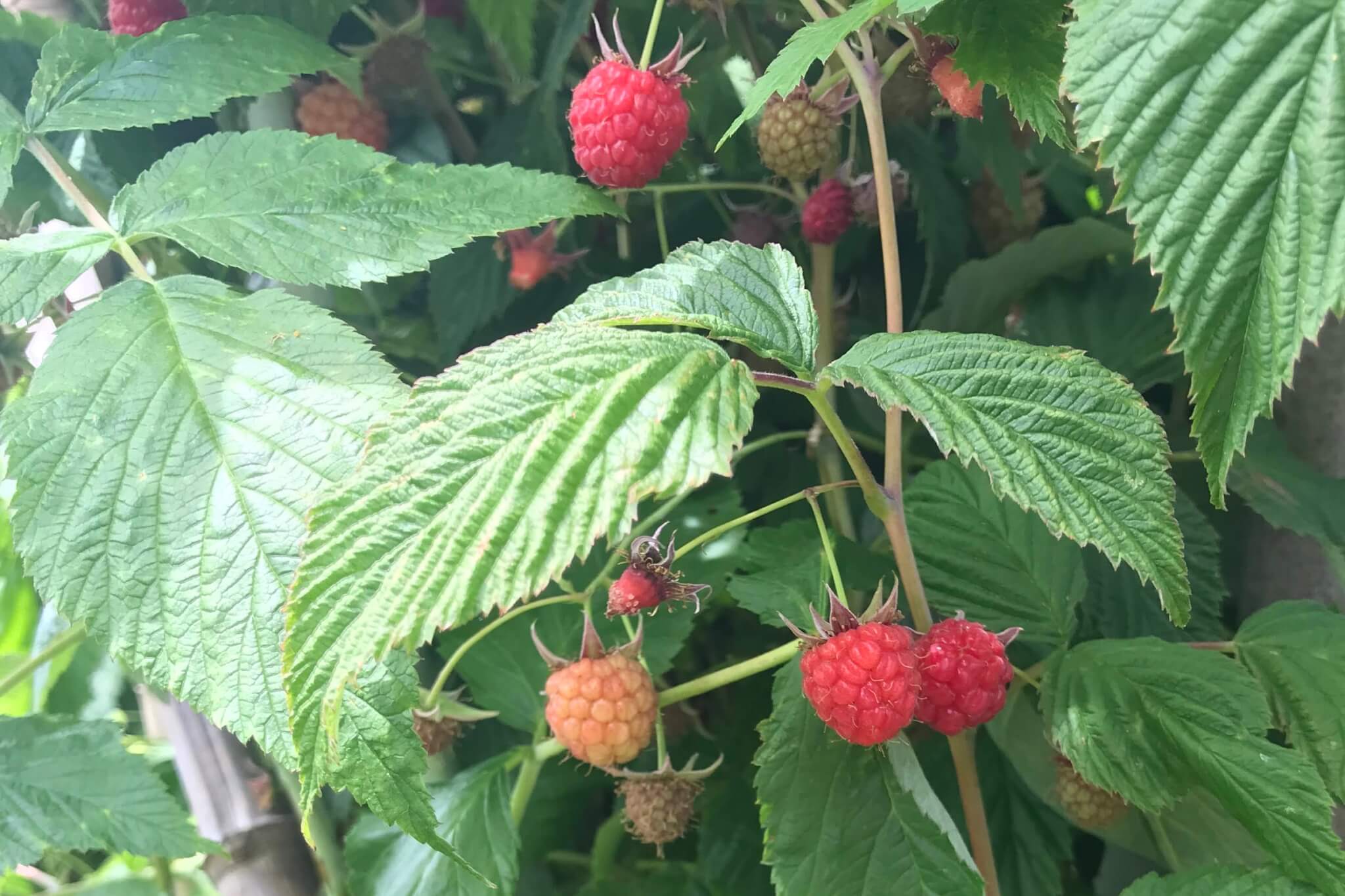
Sweet, juicy raspberries are much more than a flavorful fruit. They are high in fiber and an excellent source of antioxidants, vitamins, and minerals.
When cultivated in nutrient-rich soil with favorable growing conditions, plenty of moisture, and loving care, bramble plants produce for up to 12 years. Read on to learn more about how to establish a thriving raspberry patch in your home garden.
Preparing the Soil
One year prior to growing raspberries, plant a green manure crop on the site. Select manure that is designed specifically for berry bush plantings to increase the organic matter in the soil.
If the chosen area for your berry patch is covered with weeds, consider cultivating a cover crop of corn or wheat to minimize weed and white grub infestations. If garden soil tends to be acidic, add lime to adjust the pH of the soil. Raspberries do best in soil with a pH of 6.0 or higher.
https://www.instagram.com/p/Bh11G1EhJ9p/?tagged=raspberrybed
Work the soil, removing all rocks, roots, and debris. Break up clods and clumps. Add a generous amount (10 to 12 tons per acre) of well-aged herbivore manure (cow, sheep, goat, horse, llama) to the soil. Work the manure in well. Soil should be pulverized and loose. While a small garden patch can be worked by hand or with a garden tiller, larger acreage should be plowed to a minimum depth of 12 inches.
Selecting a Location for Your Raspberry Patch
Brambles require an open, sunny area with excellent drainage. Avoid any site that tends to accumulate freestanding water in winter. Berry bushes cannot stand cold, wet feet. If the bramble patch site tends to collect water, raised beds are the best solution to prevent root rot.
If feasible, select a site on a northern slope that provides a bit of afternoon shade. Raspberries prefer sites with cool, damp (not soggy) soil. Because brambles require consistent light moisture, mulching and trickle irrigation will help ensure vigorous growth and an abundant crop of flavorful, juicy, firm berries.
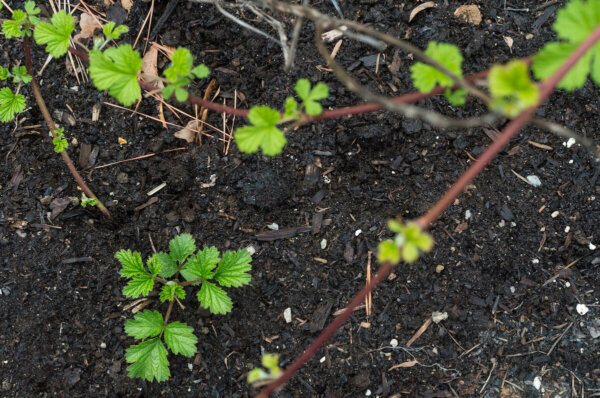
When selecting a site for a bramble patch, choose one out of the wind. Canes are fragile and subject to wind-whip breakage. You will want a site with good air circulation that is protected with a windbreak, fence, or landscape features to reduce the damaging force of winter winds.
Do not plant your raspberries in a location where you have previously cultivated potatoes, peppers, tomatoes, eggplant, or strawberries within the past five years. These specific crops host Verticillium, a nasty wilt fungus.
Verticillium robs bramble berry of strength and vigor and may result in the death of your berry bushes. The fungus builds up in soil and does not dissipate for several years, so it’s best to choose an area where these food crops have not been previously cultivated.
If your site is subject to erosion, plant a soil-holding ground cover crop (such as lemon thyme) to reduce rainwater runoff. If new starts are from tip layers, be sure to clip off the handle (old cane) before planting to avoid transferring any disease that could be hosted on the old cane.
Planting Raspberry Plants
Although some growers prefer to plant in the fall, it is best to set raspberry root cuttings or rooted berry bushes in early spring as soon as all danger of frost is past. Planting by March or early April tends to produce more berries the first cropping year approximately 12 to 16 months after planting.
Raspberries do best in deep, loamy, fertile soil. While most soils can be improved with generous amounts of organic compost, heavy clay soils lacking humus do not promote the growth of bramble bushes.
https://www.instagram.com/p/Bi22w9sF6qi/?tagged=raspberrycanes
It’s important to keep bramble plants or root cuttings from drying out before, during, or following the planting process. Soak root cuttings in a pail of water for 4 to 6 hours before planting. If you purchase dormant canes, keep the canes refrigerated until you are ready to plant them.
Starting with healthy, new plants is the best way to go if you are planting a small berry patch. Place raspberry plants 1 inch deeper than they were planted in the greenhouse or nursery. While you can plant raspberry bushes in rows 3 feet apart, many experienced berry growers suggest spacing rows 4 to 5 feet apart to allow plenty of elbow room when picking.
If you are attempting to establish field production, cuttings from established berry bushes are the least expensive method. When planting cuttings directly into the field, place 4-inch pencil-width cuttings flat into furrows spaced about 2 feet apart. Keep soil moist, but not soggy. The first shoots from the cuttings will appear within 2 to 3 months.
https://www.instagram.com/p/BZeZIbQg7do/?tagged=raspberrycanes
Raspberry cultivars are self-fertile, and primarily pollinated by honeybees. Consider providing two hives of honeybees per acre of bramble. If you live in a rural area where wildlife visits the garden, be sure to fence your bramble patch. Deer, elk, raccoons, and bears love raspberries. To avoid birds harvesting the crop, protective bird netting may be required to safeguard newly established plants.
Pruning and Harvesting Raspberries
A homestead bramble berry patch can become unmanageable if not pruned yearly. Prune annually to maintain the shape and size of the berry bush, remove the dead canes, maximize berry production, and increase overall fruit quality. Late season dormant pruning is best. Wait until late March or early April so that winter damage can be accurately addressed.
Harvesting is the most challenging part of commercial cultivating of raspberries. Raspberries ripen over a several week period and should be harvested every 2 to 4 days.
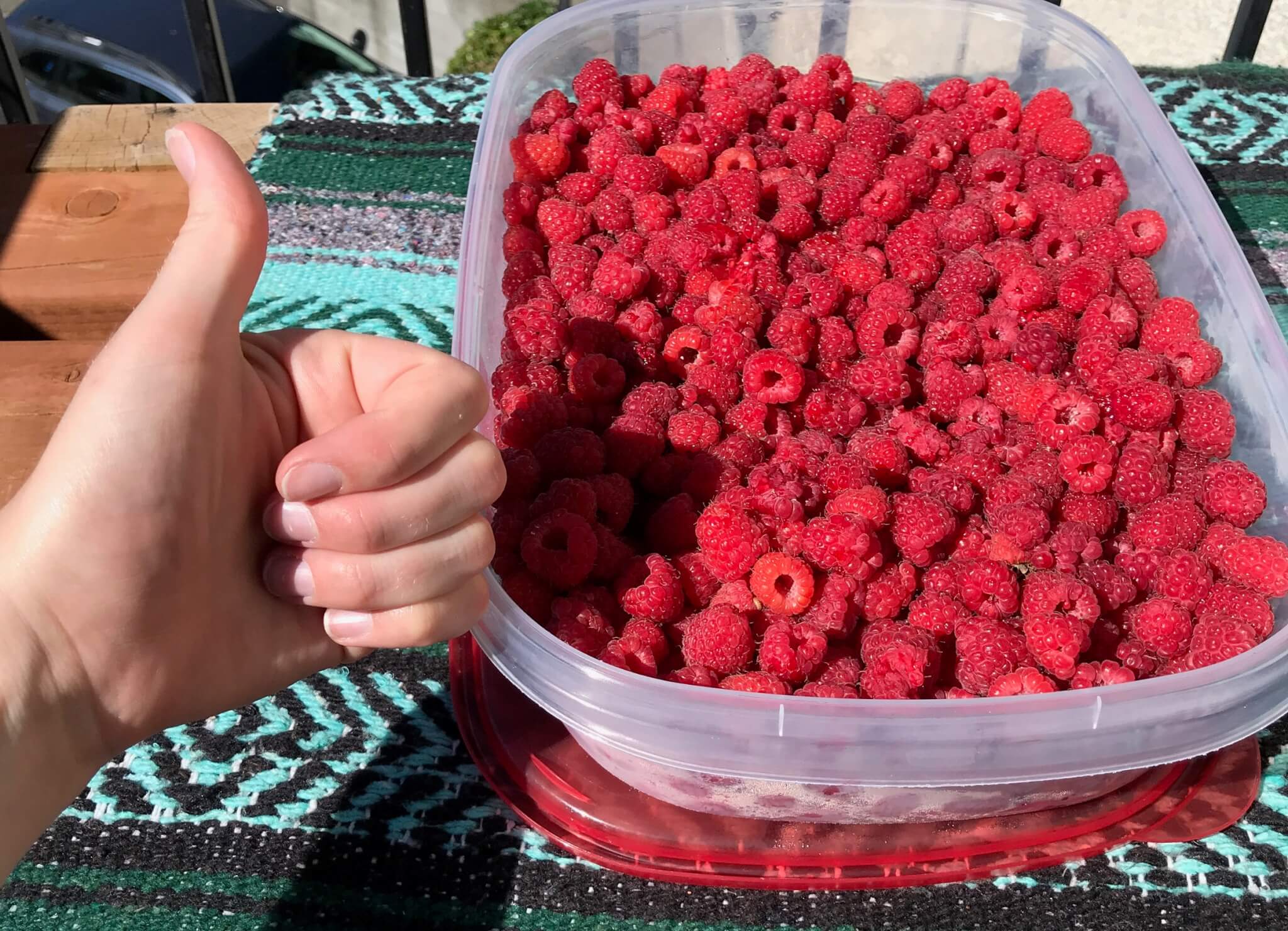
Berries are typically picked by hand to minimize damage. When picking, select berries that are firm and ripe before full color is reached. Avoid berries that are soft or moldy. Careful control over the quality of the harvest is essential for successful fresh market sales.
Raspberry Varieties
When selecting new plants to purchase from a local nursery or when ordering online, select virus-free, certified stock. Raspberries thrive in United States Plant Hardiness Zones 4 through 8. Ask your local county extension agent to recommend the best winter-hardy cultivars for your growing conditions.
You may be able to get raspberry cuttings from friends and neighbors. However, if you are going to put in the time and effort to establish a productive bramble berry patch, it is best to follow the advice of experienced growers.
Select cultivars that are vigorous producers and have proven winter hardy and disease resistant. Hardy, well-established, disease-free raspberry plants are available for purchase online or from local plant nurseries and home and garden centers.
https://www.instagram.com/p/BV7klimhi_p/?tagged=growingraspberries
If you have always thought raspberries are red, think again. Raspberries are available in a diverse array of colors including white, pale pink, yellow, orange, red, and purple. Yellow raspberries are the sweetest.
Red raspberries are the most winter hardy. Here are some raspberry varieties to consider for your garden:
- Early Red Raspberries: June-bearing red raspberries are thorn free, dark red, firm, and flavorful. Other varieties excellent for home use, pick-your-own roadside sales, or to sell at the fresh market include Citadel, Canby, Liberty, Latham, Summit, Titan, and Reveille.
- Fall-bearing (Everbearing) Red Raspberries: From pale pink to darkest red, everbearing red raspberries ripen in early August and continue until the first frost. Berries are firm and medium-sized with a mild, sweet flavor. Best choices include Autumn Bliss, Caroline, Heritage, Anne, Kiwi Gold, Ruby, and Red Wing.
References
- Growing Raspberries in Montana Gardens, Montana State University
- Red Raspberry Production, Penn State Extension


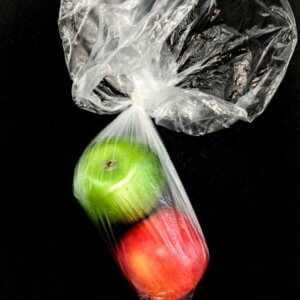
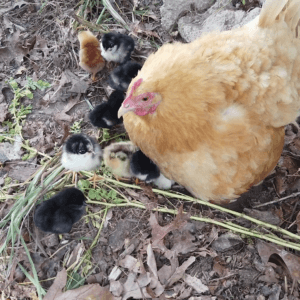


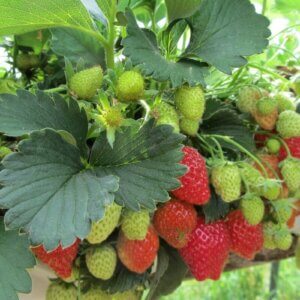


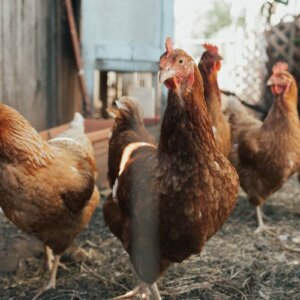
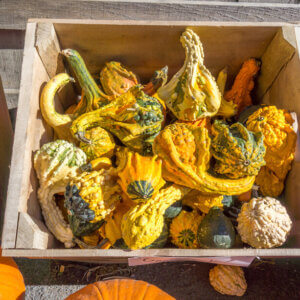

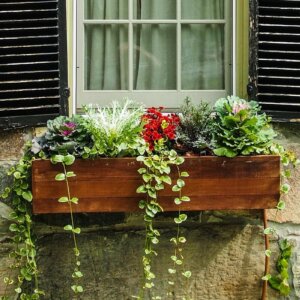




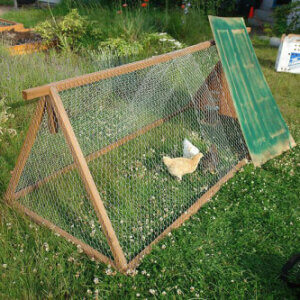
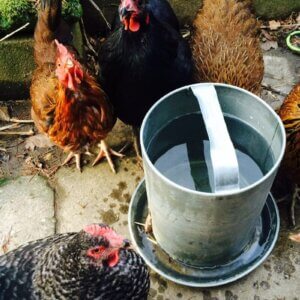
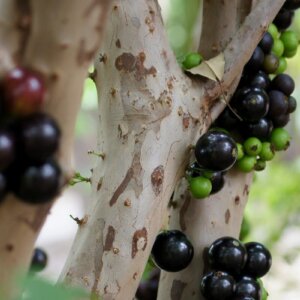





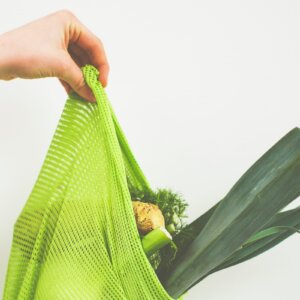



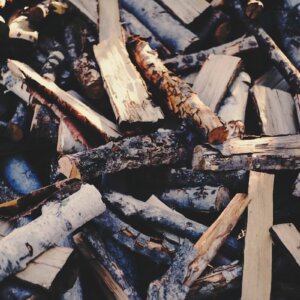
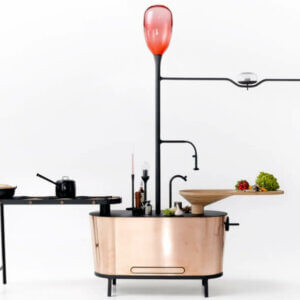
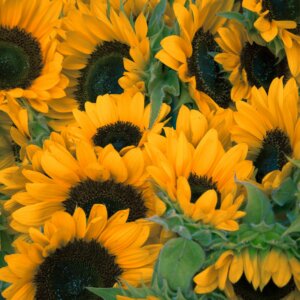


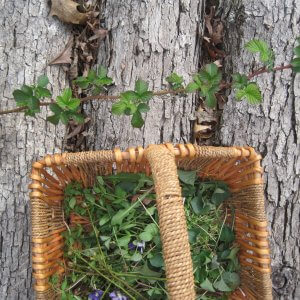

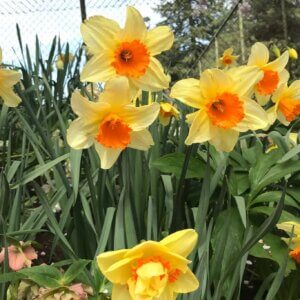


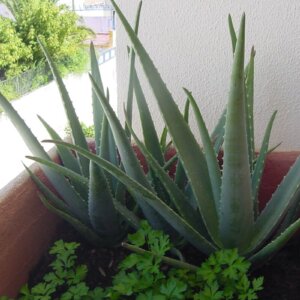


Leave a Reply